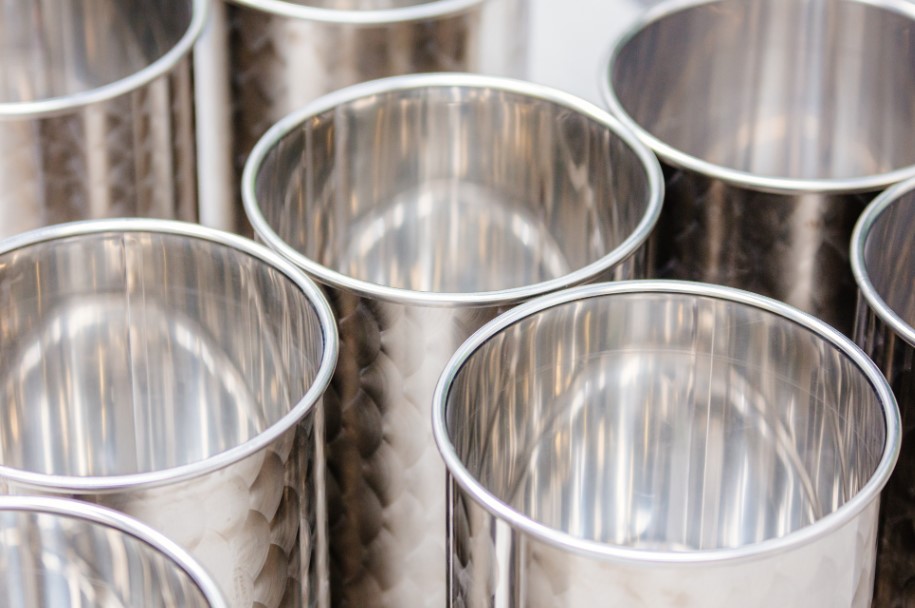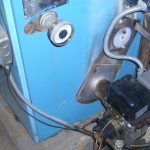Table of Contents
Go into any wine cellar today, and amidst stainless steel and small oak barrels, you might encounter a variety of fermenting vessels, from different types of concrete (tanks and eggs) to large-format oak (foudres, botti, or fuders), and even clay (amphorae, tinajas, talhas, qvevri), as well as unconventional materials like glass or ceramics (wine bulb, clayver).
The Impact of Vessel Choice on Fermentation Duration
The significance of various vessels becomes evident during extended maturation, lasting months or even years. However, when it comes to fermentation, which spans only a few days or weeks, the question of their influence takes a different perspective.
Oxygen Transmission and Flavor Neutrality in Aging Vessels
One crucial property for vessels used in aging wines is their oxygen transmission capabilities. Another consideration is whether the vessel imparts any flavor to the wine. Stainless steel, being inert, prevents oxygen exchange and flavor infusion. However, if there’s headspace, oxygen present in it can react with the wine. Some wineries employ variable capacity tanks with a floating lid sealed by an inflatable plastic tube, but constant checking is essential to prevent oxygen exposure. Additionally, plastic allows minimal oxygen transmission, challenging the concept of a completely airtight seal.

Oak, Concrete, and Clay: Oxygen Transmission and Flavor Impacts in Aging Vessels
Oak barrels, while allowing some oxygen transmission, primarily receive it through the joins in the stave and the bung hole, especially when not fully topped up. New oak permits more oxygen transmission than older oak, with larger barrels exhibiting lower rates per liter of wine. Topping up can be oxidative, and the presence of lees may induce reductive conditions at the barrel’s bottom. While barrels impart flavor, this diminishes with age. Concrete and clay vessels also allow some oxygen transmission, depending on linings; epoxy linings eliminate it. Flavor impartation is construction-dependent, with firing temperature influencing clay permeability. Ceramics and glass behave inertly, akin to stainless steel.
Fermentation Dynamics: Beyond Material Properties
In fermentation, the brief duration negates the impact of oxygen transmission properties. Ferments, rich in carbon dioxide, expel other gases, and oxygen’s influence depends more on vessel shape, lid presence, and management techniques than the vessel material. This is beneficial, enhancing yeast performance and aiding color fixation in red wines. The vessel’s material becomes secondary during this short but crucial phase.
Vessel Shape’s Crucial Role in Fermentation Dynamics
The vessel shape significantly influences fermentation dynamics. A tall, narrow tank minimizes skin contact in red wine ferments and reduces oxygen exposure in white wine ferments. Conversely, a shallow tank promotes increased skin contact and enhances oxygen availability. Open top fermenters with moderate depth are common for high-end red wines, facilitating cap management, improved juice-capsule interaction, and a controlled release of alcohol.
The Impact of Material on Fermentation Characteristics
The material of the fermenting vessel plays a crucial role. Stainless steel, conducting heat efficiently, contrasts with concrete, clay, and wood, which possess greater thermal inertia, providing a more gradual temperature fluctuation compared to stainless steel. Concrete eggs, in particular, appeal due to their shape, keeping yeasts and lees in suspension for extended periods.
Wood in Fermentation: Flavor Impacts and Tannin Fixation
Does wood impart flavor during fermentation? Generally not, as toasty notes in barrel-fermented whites tend to develop during aging. Whites fermented in barrels acquire fewer oaky flavors than those in steel, later transferred to barrels, as yeasts metabolize some oak flavors during fermentation. For reds in new oak vats, wood tannins may help fix color by forming complexes with anthocyanins in the wine. However, cap management techniques for reds, such as punch-downs or pump-overs, likely exert a more significant impact.








